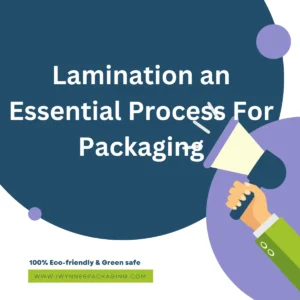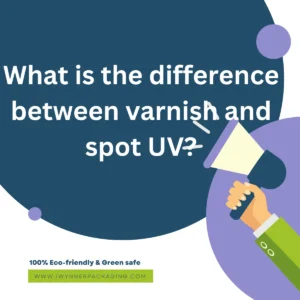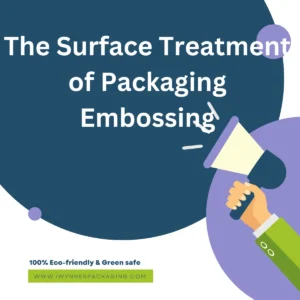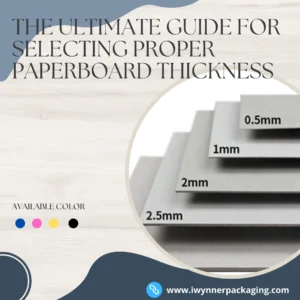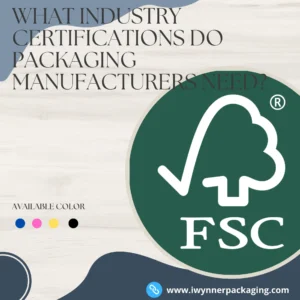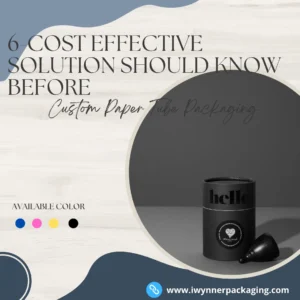As consumers become more and more aware of the importance of sustainability, they are looking for ways to reduce their environmental impact. One way that businesses can do this is by using biodegradable packaging. This type of packaging is made from materials that can be broken down naturally, without harming the environment. In this blog post, we will discuss the benefits of biodegradable packaging and how your business can start using it today!
What is biodegradable packaging and why is it important?
A biodegradable package is made of materials that can be decomposed by microbes such as bacteria, fungi, and algae. Paper or cardboard, as well as biodegradable plastics, are the most commonly used forms of biodegradable packaging. Bioplastics can be made from cornstarch, mushrooms, seaweed, and other plants.

What is the Difference Between Biodegradable and Compostable Packaging Materials?
Packaging products often boast environmentally-friendly features like “biodegradable” and “compostable” materials. But what do these terms really mean, and how do they differ from each other?
What does biodegradable mean?
A biodegradable product can be broken down and returned to the environment. To be considered biodegradable, packaging products must decompose into natural elements within a short period of time after disposal – usually within a year.
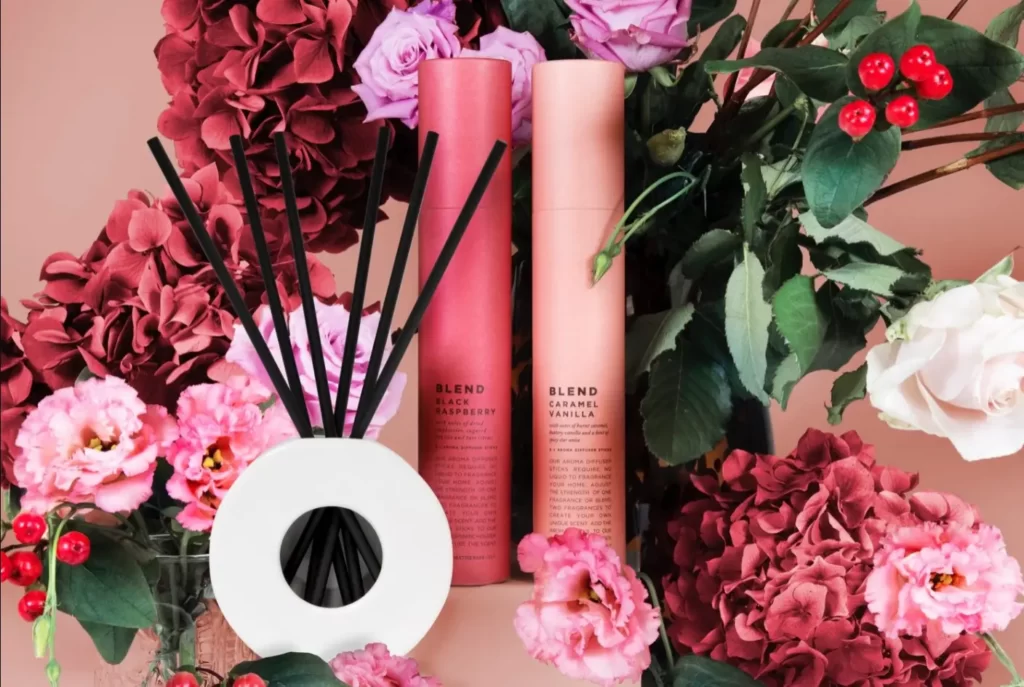
What does compostable mean?
Like biodegradable materials, compostable materials are intended to be returned to the earth. When compostable materials have decomposed completely, they provide nutrients to the earth. Materials are added to compost piles that are located at locations with specific conditions such as wind, sunlight, drainage, etc.
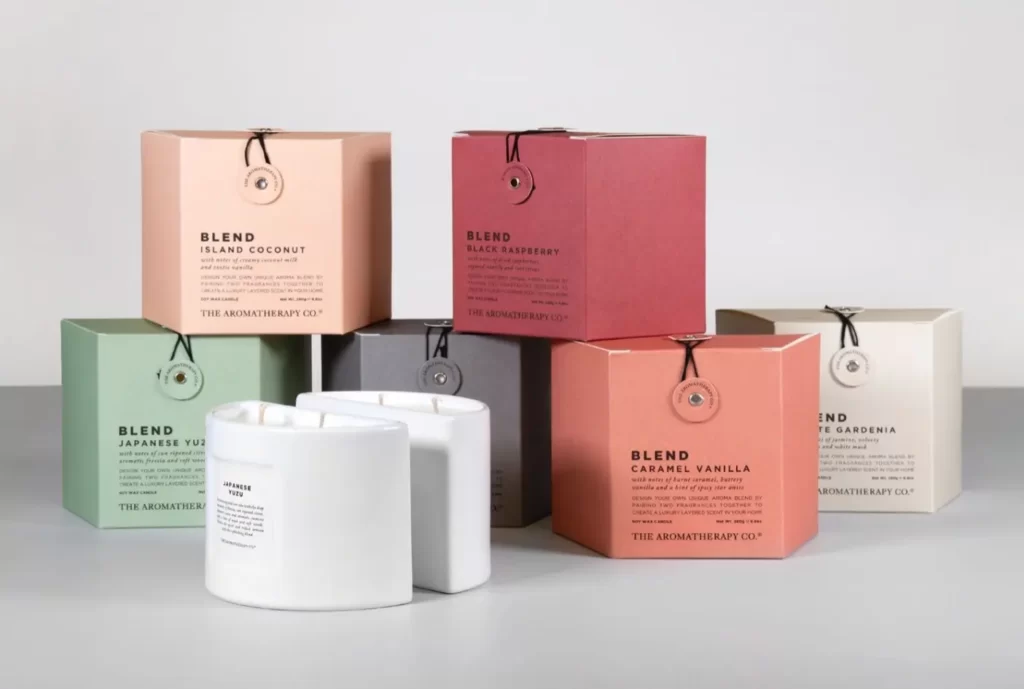
Biodegradable packaging: how is it made?
Biodegradable packaging comes in many types. The majority are made from plant-based materials. Paper and cardboard, which come from wood, are common biodegradable packaging materials. It involves cutting down trees, but unlike oil, trees can be replanted, so they are a renewable resource. Bioplastics are another form of biodegradable packaging. These polymers are made from renewable raw materials such as starch, cellulose, soy, lactic acid, and other plant matter. Upon exhaustion, they can be returned to nature in the form of carbon dioxide, water and biomass. It is easy to dispose of green waste by putting them in your compost bin and food waste bin.
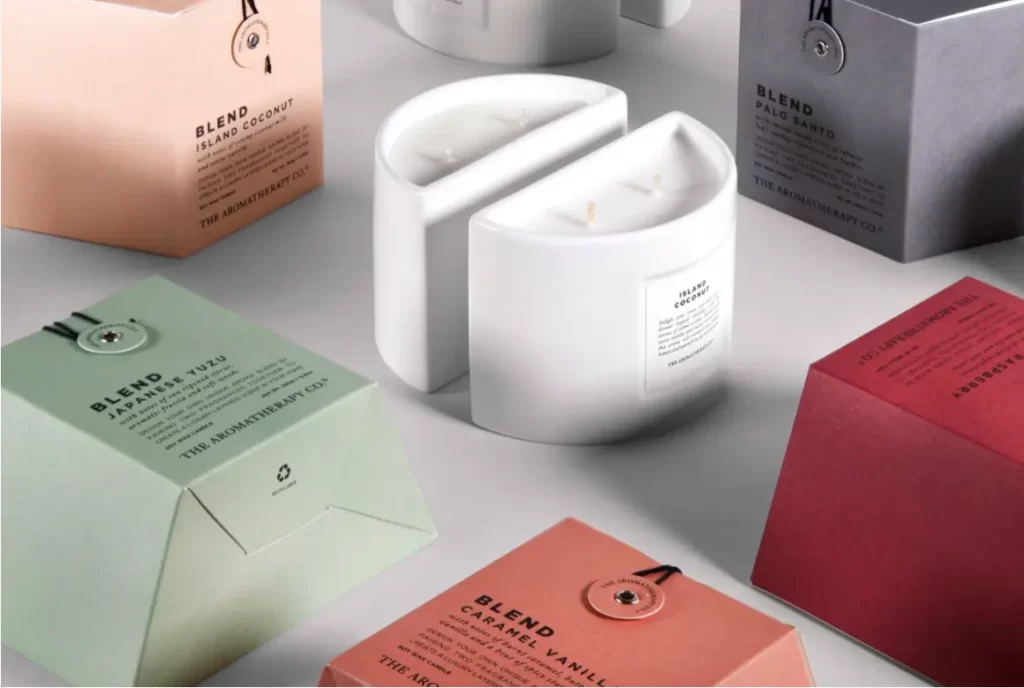
Is biodegradable packaging need high cost?
It is not expensive to use biodegradable packaging. Although it may cost more than disposable plastic packaging, it is not considered an expensive item. A few things to consider if you’re concerned about the cost of biodegradable products. The use of biodegradable packaging shows that your business cares about more than just profits. In addition to building trust among existing customers, this can also attract new ones who share the same concern for the environment. Profits may increase as a result of this increase in trade, completely outweighing the slight increase in expenses.
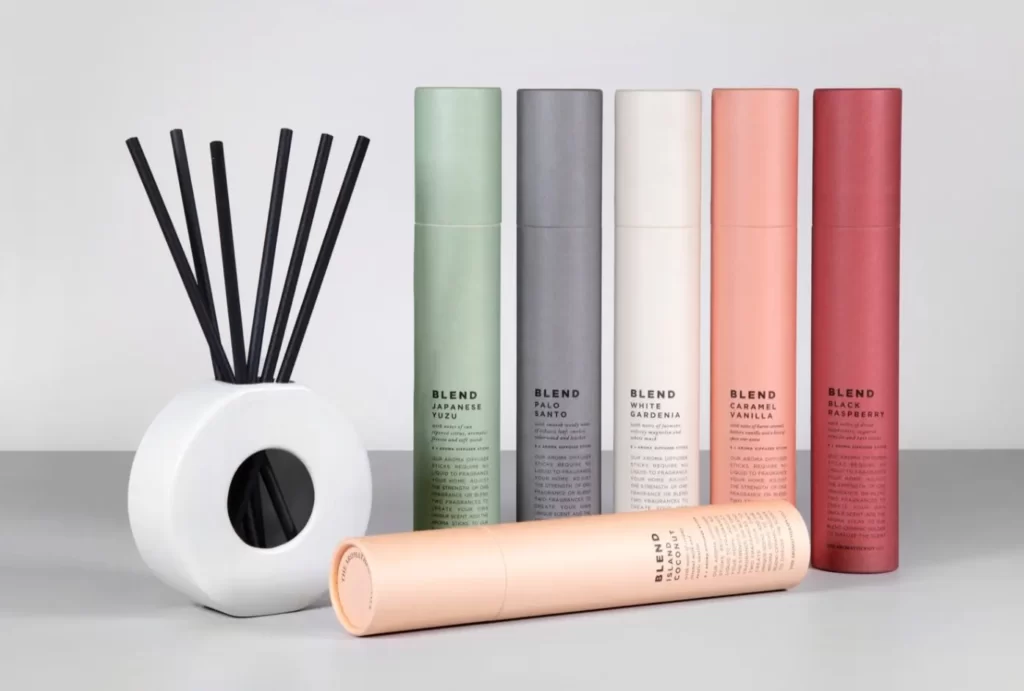
You should also consider the long-term effects of environmental degradation on your business. Food prices are expected to increase by 180 percent by 2030. As a result of environmental degradation, we are less able to grow food. This is bad news for the food industry. In the long run, hidden side effects of your plastic use, like this, may have an even greater impact on your business than paying slightly more for friendly packaging.
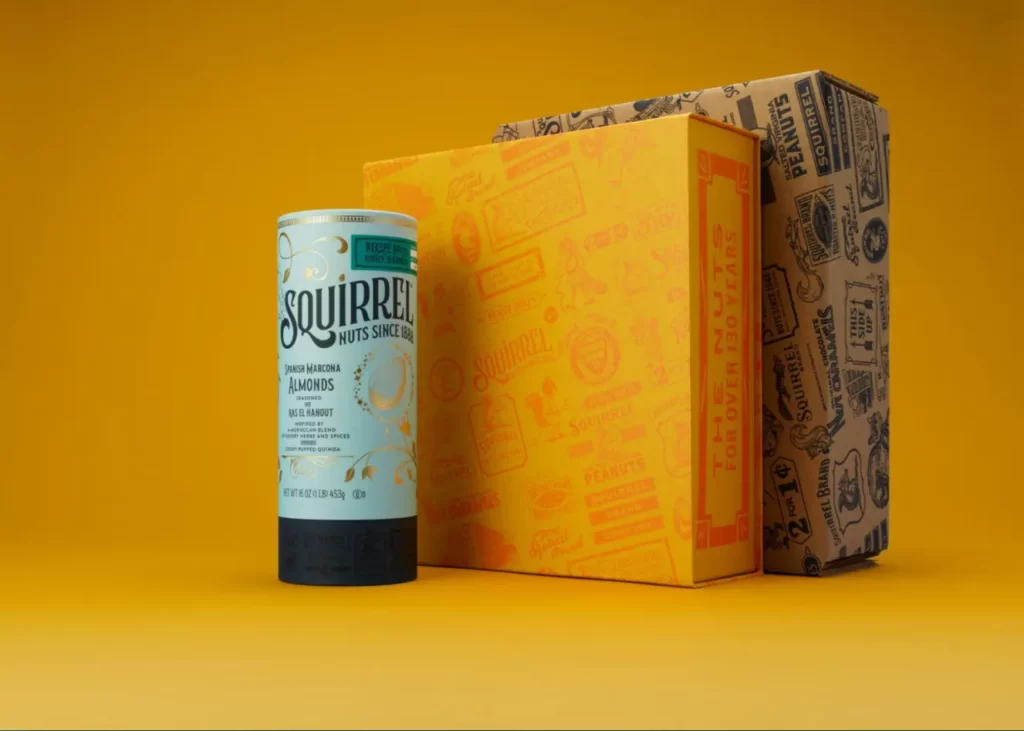
The benefits of using eco-friendly packaging solutions
There is no element in which biodegradable packaging is better than plastic. Humans are healthier when using sustainable packaging, which reduces healthcare costs caused by microplastics. By not getting plastic stuck in their stomachs and noses or watching their habitats become overrun with bottle tops, it saves thousands of animals every year. Produced with a smaller carbon footprint, it has a shorter life cycle and is more environmentally friendly. By contrast, plastic takes over 1000 years to degrade.
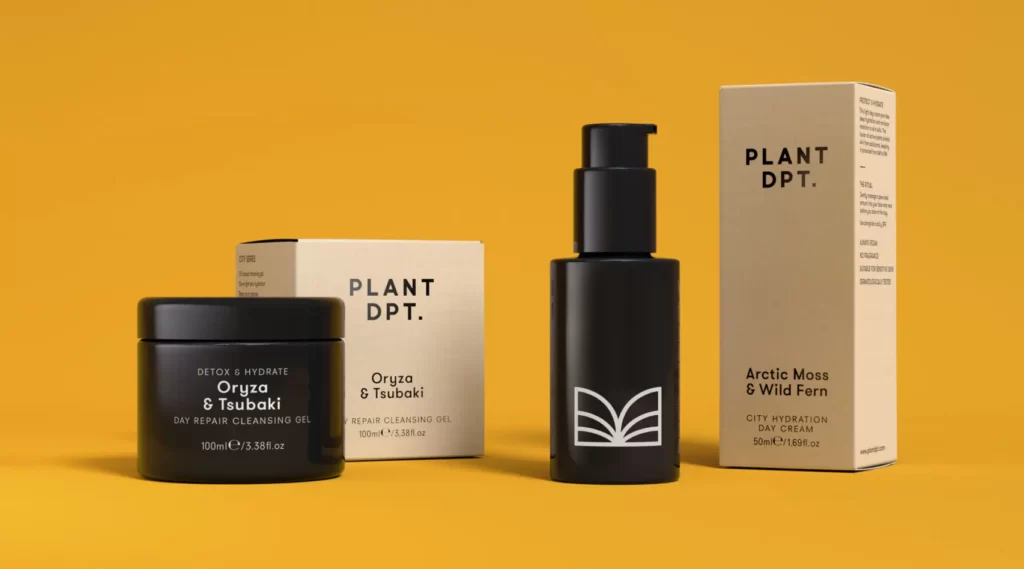
Using naturally biodegradable packaging can benefit both businesses and the environment. When your business cares for the environment, it becomes more desirable, trustworthy, and more people will be attracted to it. By going green, you can expand your customer base, making you a more desirable option than less green companies. As a result, you’ll make more money. In addition, it can influence workers to want to work for your company, resulting in a larger pool of skilled, happy employees to recruit. This will also increase productivity and profits.
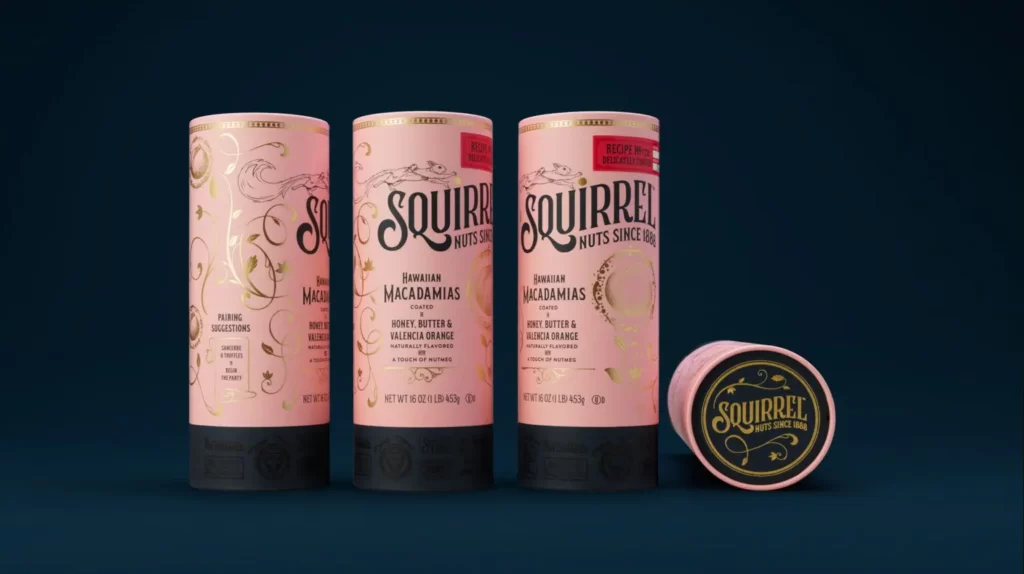
3 Types of eco-friendly packaging options
Biodegradable materials: When exposed to the environment, biodegradable packaging material degrades within a moderate amount of time when made from organic materials.
Recyclable materials: Material that can be recycled: These materials can be processed in recycling facilities to produce new raw materials. For example, cardboard, paper, and certain plastics can be recycled.
Reusable materials: are the most eco-friendly products to use everywhere you can since there are no waste products and no plastic pollution. After cleaning, a glass container could be reused again.
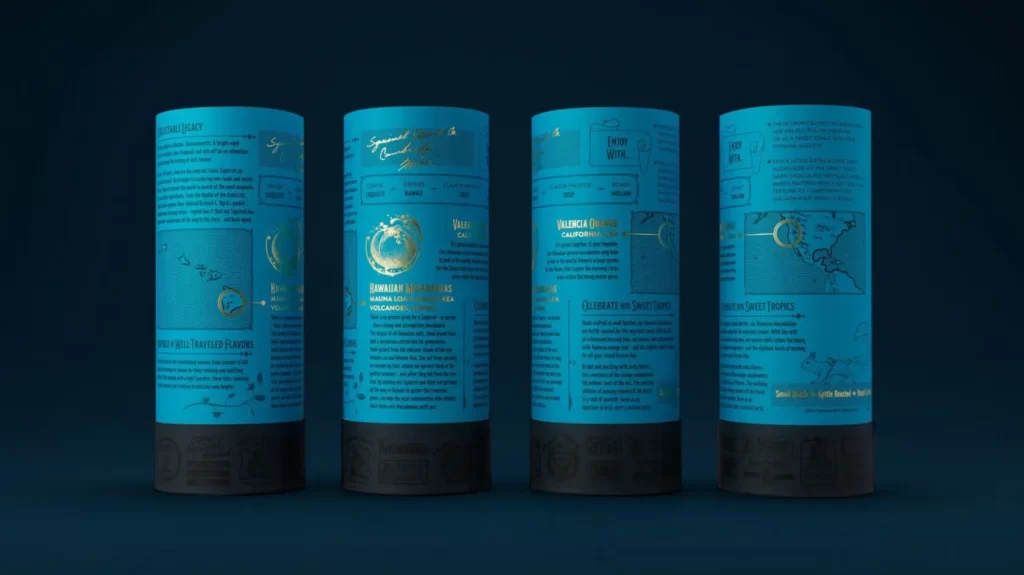
4. How to choose the right biodegradable packaging for your business
When looking for biodegradable packaging for your business, it’s important to consider the type of product you’re packaging and the environment in which it will be used.
For example, for liquid cosmetics, you will need to choose glass or paper to store. If you’re packaging a food product, you may want to consider using materials like cardboard or bioplastic. It’s important to select the right material for your product and environment to ensure that it will biodegrade properly.
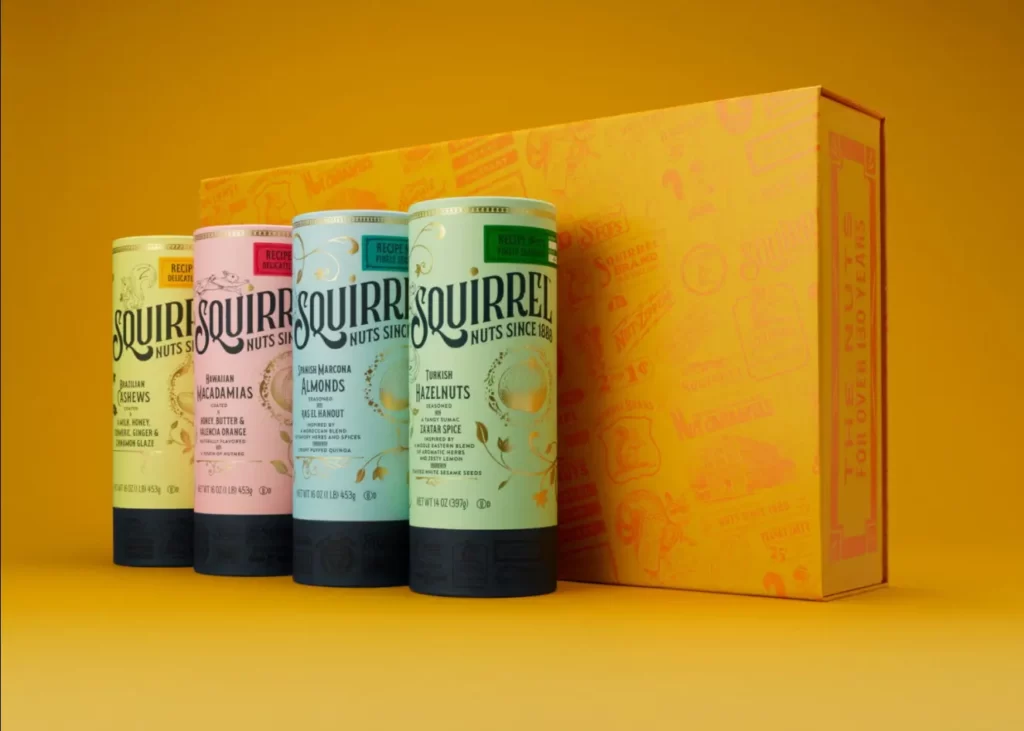
5. Case studies of businesses that have successfully switched to biodegradable packaging
There are numerous examples of businesses that have successfully switched to biodegradable packaging. One example is the grocery store chain, Safway, which made the switch in 2006. The company found that biodegradable packaging was more expensive initially, but it saved money in the long run because the packaging lasted longer and needed less attention from the store.
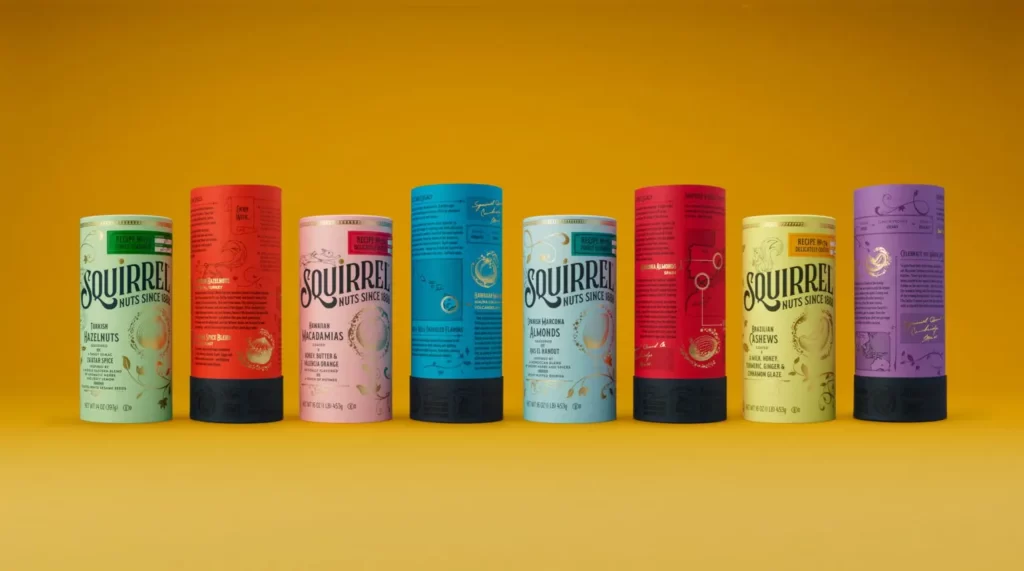
Most Popular – Paper Custom Packaging
Paper is one of the most environmentally friendly products made from renewable resources if it is sustainably sourced and processed. It is biodegradable and recyclable, and can often be converted into renewable energy. When considering indirect costs such as handling and storage, employee safety (hazardous foam chemicals), machine downtime and facility cleanup, paper outperforms many boxed alternatives. Paper packaging offers significant long-term cost advantages over plastic packaging. Here’s a selection of what to buy.
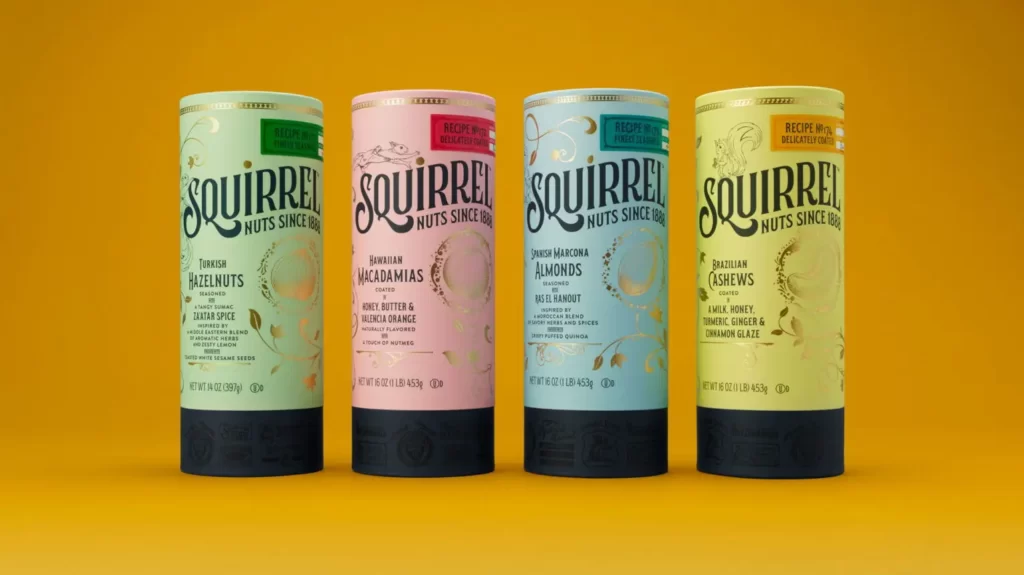
Among the largest and most trusted suppliers of eco-friendly packaging and boxes is Iwynner Packaging, which offers shipping boxes in a variety of shapes, sizes and configurations, whether you need customization for your unique product or a basic box. Plus, they print with Iwynner Packaging’s eco-friendly inks for a truly green shipping experience. Eco-friendly options are available for bags, void fillers and wrapping paper.
Sustainable packaging-why is sustainability important?
There are several reasons why sustainability is important.
Environmental concerns aside, sustainability has become a major concern for consumers.
As consumers align themselves with eco-friendly behaviors, brands and companies must do the same. According to surveys:
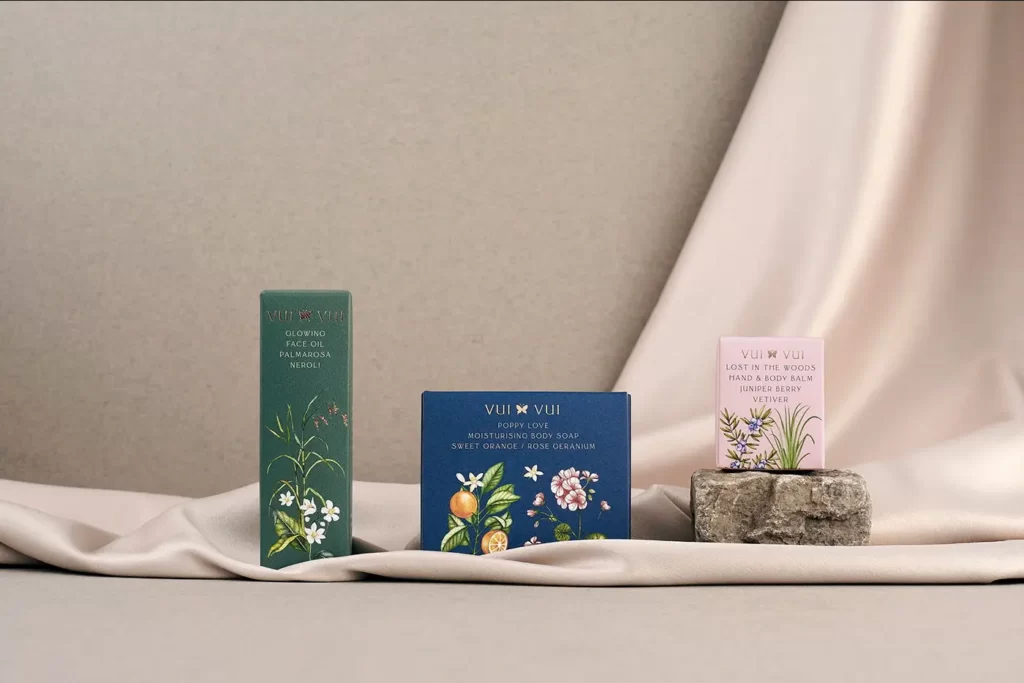
U.S. consumers prioritize sustainability when making purchasing decisions.
Consumers are willing to pay a premium for products that meet sustainability claims in 30% of cases
It’s particularly the Millennial generation that expects to see social and environmental responsibility from brands, and part of that is reducing packaging waste and choosing eco-friendly sustainable packaging material options.
10 sustainable packaging options alternatives your business should consider
Biodegradable packing peanuts
Take-out boxes and bulk packaging contain styrofoam, which is lightweight and breathable. But polystyrene is neither biodegradable nor economically recyclable, and it often enters waterways, negatively impacting marine life.
For companies looking for the closest alternative to this classic packaging, there are now biodegradable air peanuts. These products work in the same way as their Polygon brothers, but they won’t languish in environmental pollution forever. They are also less expensive.
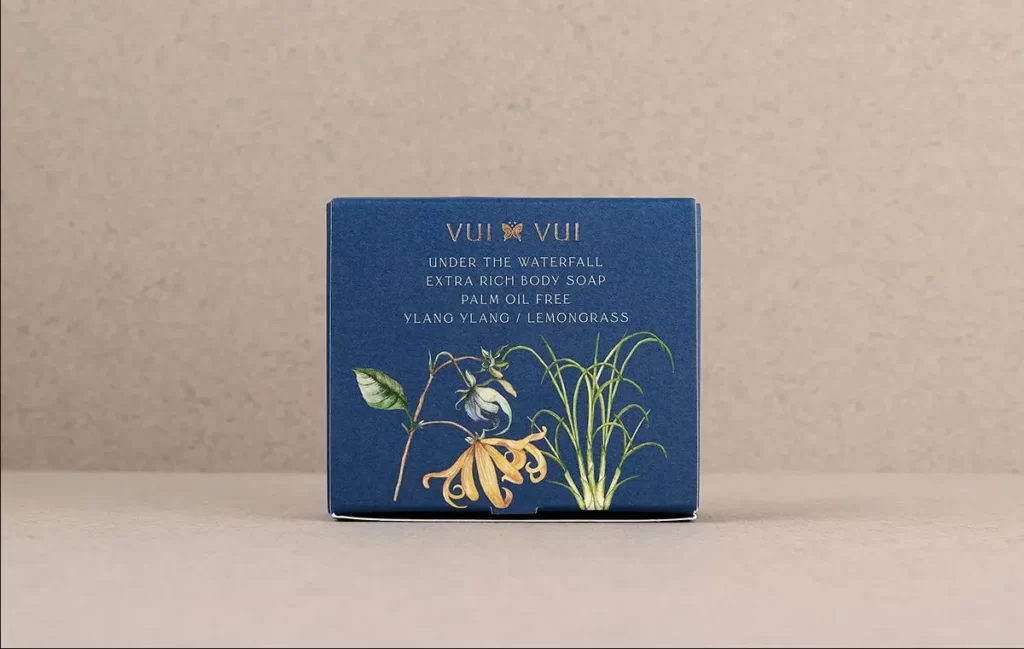
Air Pillows Made of Recycled Materials
Another great alternative to bubble wrap and Styrofoam is inflatable air pillows. They are available in a variety of sizes, making them ideal for filling voids in boxes or providing cushioning around packed goods.
Air pillows are small bags that can be inflated, making them primarily composed of air. Compared to other cushioning materials, this reduces the amount of plastic used in their production and transportation.
Additionally, they are reusable, recyclable, and biodegradable. Make sure that the air pillows you buy are made from 100 percent recycled materials and are biodegradable.
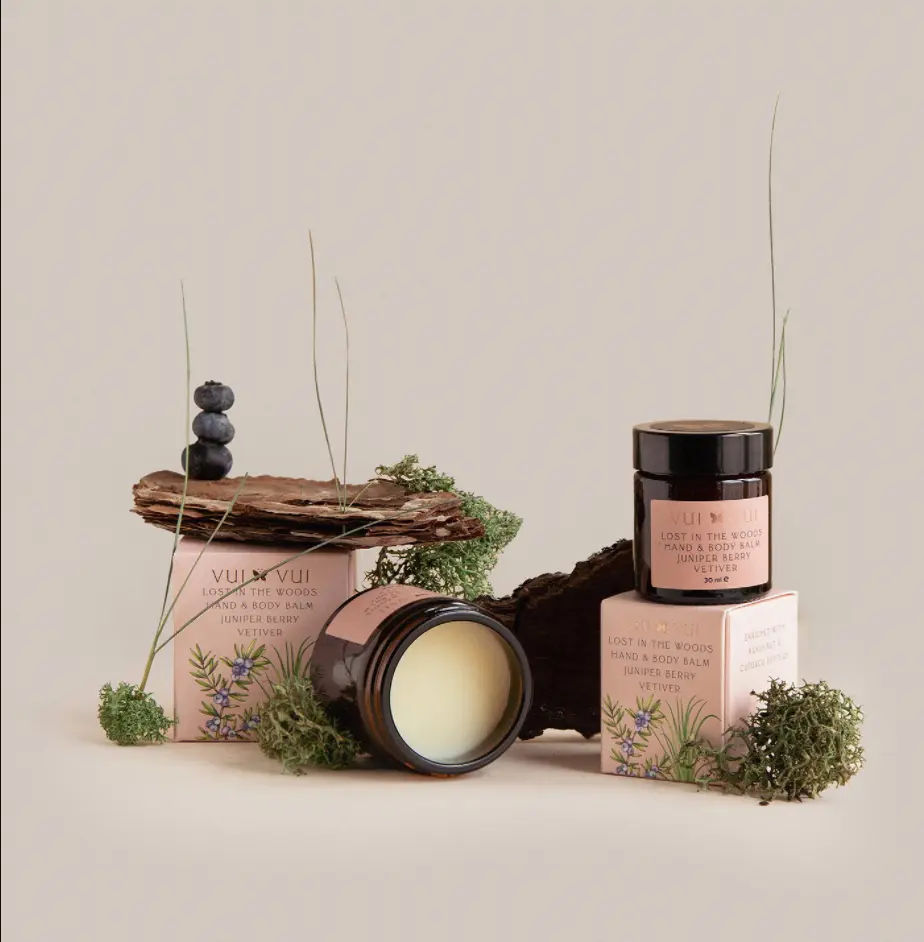
Recyclable Packaging Cardboard and Paper
These filler materials must be contained somehow, and the industry-standard is cardboard boxes. Although cardboard and paper are organic materials, they can negatively impact the environment if they are sourced unsustainably.
However, these materials can often be recycled. Make sure your packaging is as eco-friendly as possible by using recycled paper and cardboard from post-consumer or post-industrial sources. In addition, materials marked as FSC-certified will be sourced from sustainably managed forests. Cardboard and paper can be recycled up to seven times.
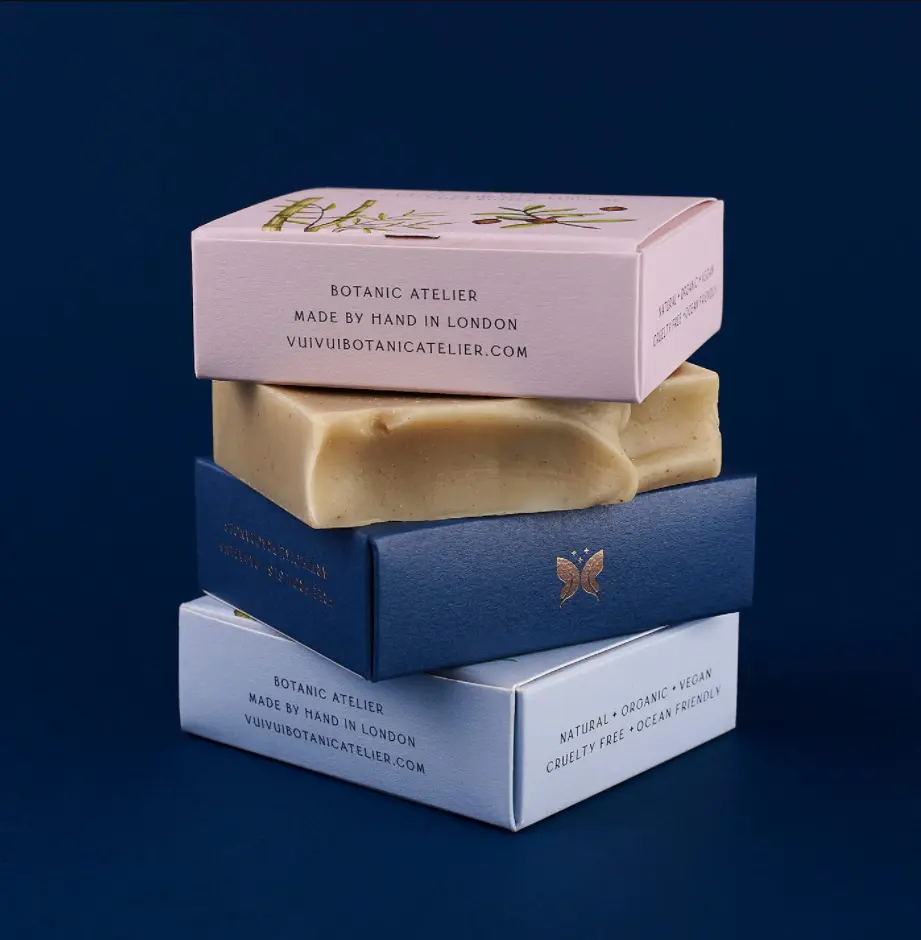
Mushroom Packaging
In addition to mushrooms, another cheap, eco-friendly packing alternative that can be used to pack smaller items can be made from cardboard. In this process, cleaned and ground agricultural waste is glued together by a mycelium matrix, otherwise known as mushroom roots.
Agriculture waste is just that – waste – and cannot be used as food by humans or animals. Therefore, cornstarch packaging avoids any potential controversy. Raw materials can then be molded into whatever shape is desired. Once dried, it is used as packaging. In addition to being petroleum-free, it also naturally degrades at a rapid pace. It is possible to compost mushroom packaging at home, which breaks down into non-toxic, organic matter.
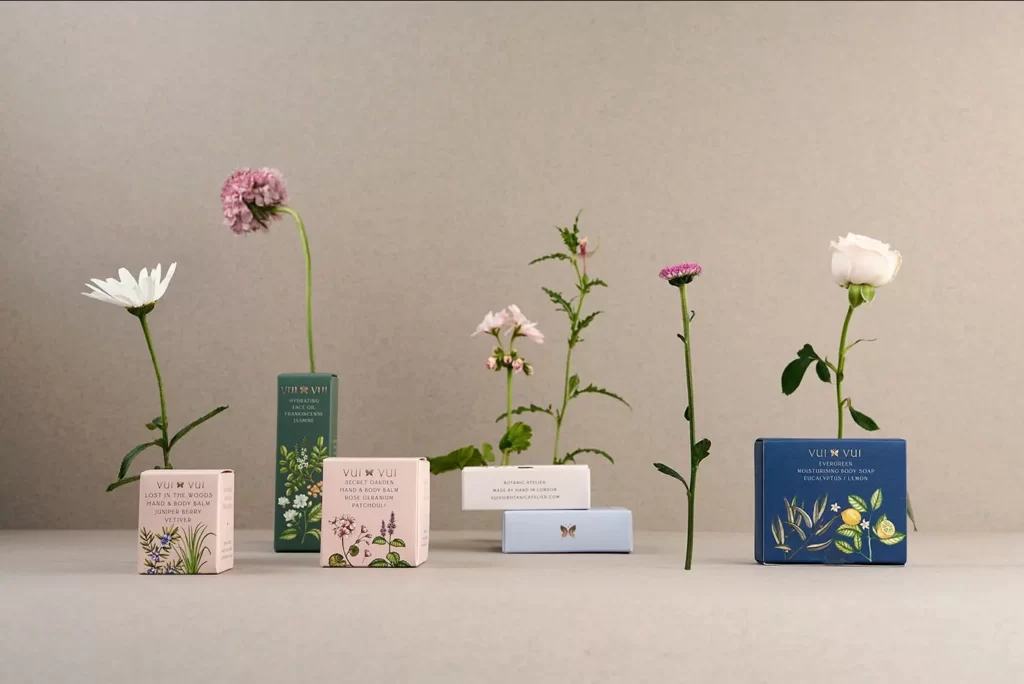
Corn Starch Packaging
Corn starch has become a key component of eco-friendly packaging. The plastic-like properties of corn starch enable it to be used as a substitute for plastic in a wide range of applications, including bottles, molded forms, and loose packaging.
Corrugated Foam Packaging
Bubble wrap, a favorite with kids that helps protect delicate items during shipping, is widely known. However, because it’s made from plastic, it isn’t an environmentally friendly material.
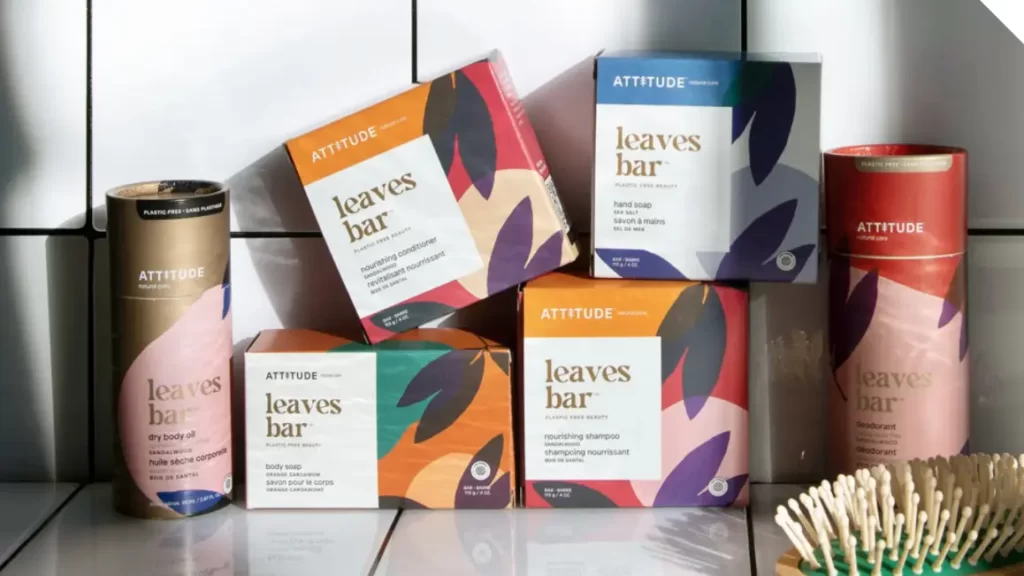
Organic Fabrics
Plastic bags significantly impact our environment, with Americans using an average of 365 plastic bags per year per person (compared to Denmark’s population which uses 4 plastic bags per year per person).
Fortunately, there are eco-friendly alternatives, such as organic fabrics for reusable bags. There are a variety of organic fabrics on the market, such as hemp, organic or recycled cotton, tapioca, palm leaves, and more. The materials in these bags are biodegradable, taking 100 days to decompose as opposed to the 10,000 years it takes for a plastic bag to decompose. Besides bags, these fabrics can also be used for clothing.
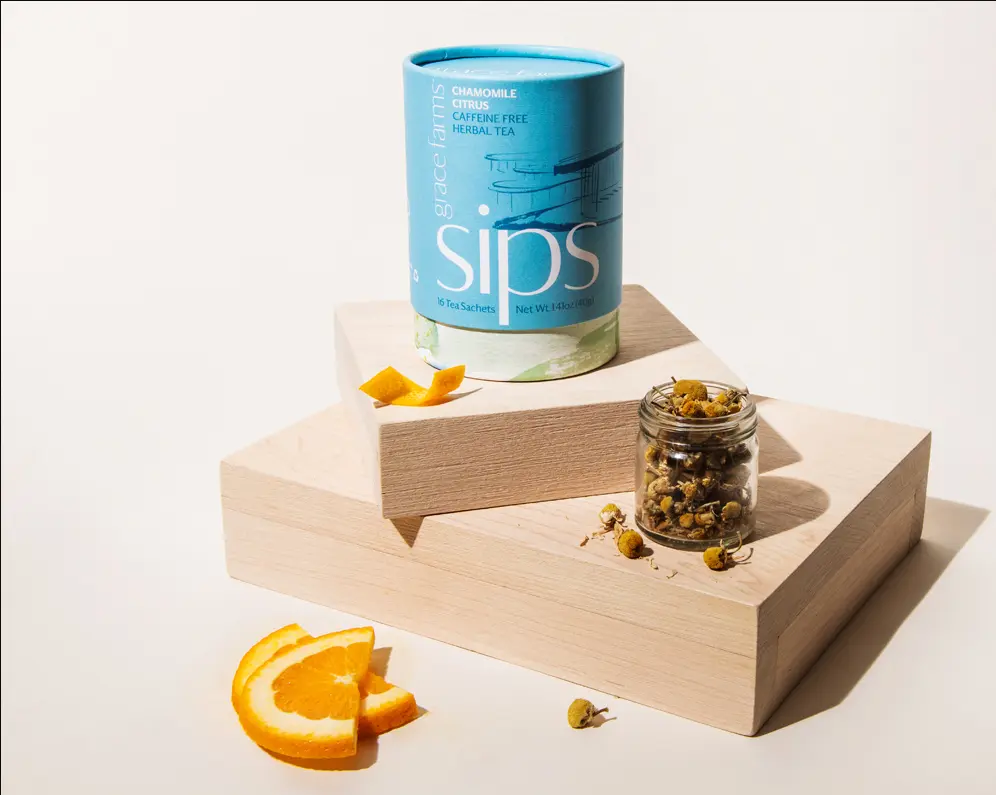
Seaweed Packaging
Green packaging can be created by using the gelatinous substance agar – found in a variety of seaweeds and algae – found in corn, mushrooms, and seaweed. Seaweed is also useful in the food industry, as it can be used as a thickener or as a vegetarian alternative to gelatin.
Edible Films
You might see food wrapped in edible skins at your local grocery store. You could eat your packaged fruit, chocolate bar or ice cream right off the shelf, including the packaging. Well, now you can, thanks to the edible film.
More suited to the food industry, edible films offer a sustainable way to package food. This packaging has the potential to make food storage and preparation easier while curbing food and packaging waste and reducing chemical leaching from plastic jackets.
If you work in the food industry, switch to edible films to protect and package your food instead of environmentally harmful plastics.

Eco-Friendly Plastic and Recycled Plastics
It’s impossible to avoid it – certain shipping needs require materials that are sturdy and reliable and can withstand heavy loads. Even though many organic alternatives make excellent containers, cushions, and fillers, there are still times when plastic is the best option.
However, you don’t have to sacrifice your eco-credentials as you have 100 percent recycled plastic options. Whether you need drums, spill trays, or spill control pallets, you can choose eco-friendly shipping materials to suit your shipping needs. It’s important to note, however, that plastic can only be recycled once, so it’s best to avoid this material altogether.
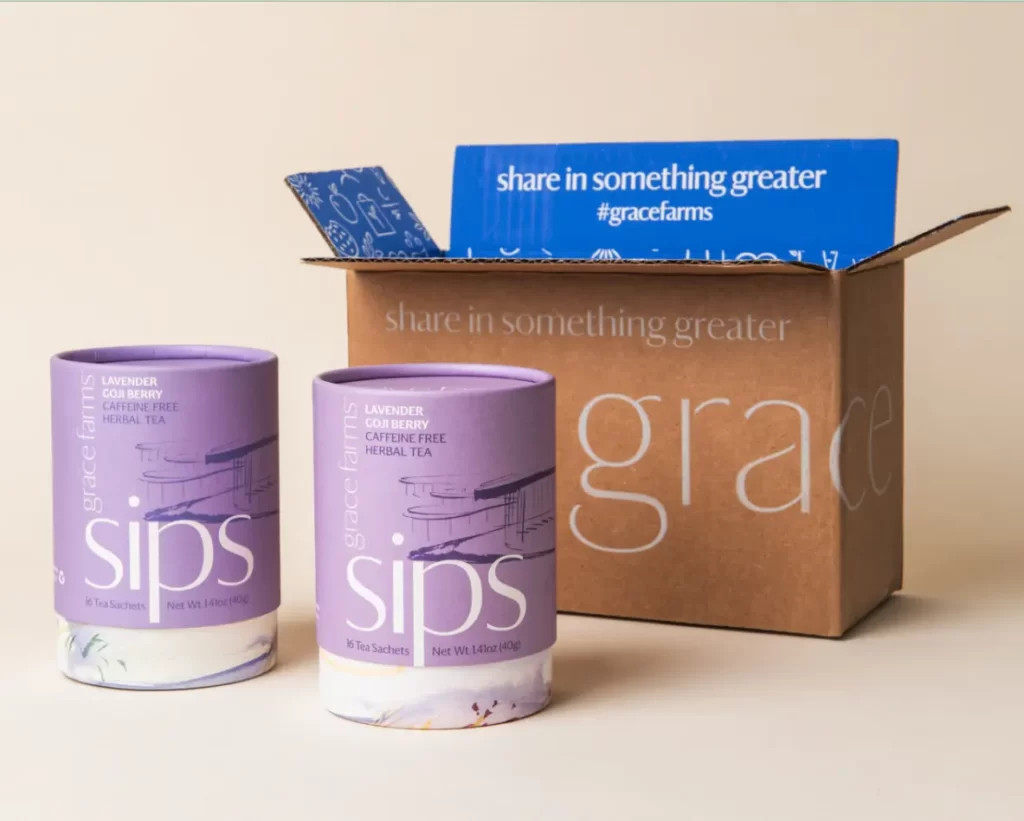
Conclusion
There are plenty of competitively priced, eco-friendly alternatives on the market that are helping more businesses recognize the opportunity to become more sustainable. Business owners across the country are making eco-friendly changes to ensure they’re ahead of the competition tomorrow, as eco-friendliness is becoming mainstream.



